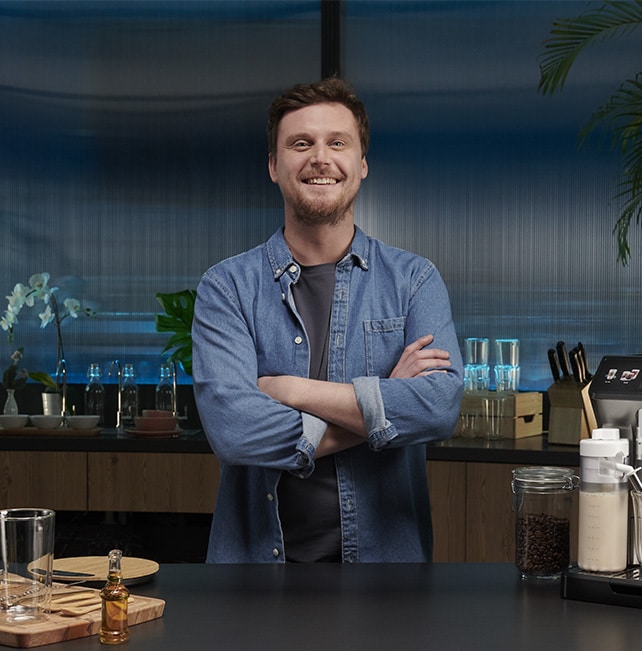
Trends & Lifestyle
The Cappuccino. This deliciously satisfying drink has captured the hearts of coffee lovers across the globe, becoming a symbol of coffee artistry and Italian tradition. A fixture in morning routines and on café menus, its inviting frothy milky foam delights both the eyes and the palate. But what exactly is a Cappuccino, and how did it become so popular in global coffee culture? Welcome to an exploration of this revered coffee classic, including its traditional roots, local variations and innovative recipes that captivate coffee enthusiasts worldwide.
The origins of Cappuccino
The Cappuccino has its roots deeply embedded in European history, tracing back to 17th century Vienna, with its invention often linked to the aftermath of the historic battle in 1683, where the Viennese first experimented with coffee abandoned by the defeated Ottoman army. The drink was initially too strong and bitter for local tastes, leading to the addition of milk to soften its harshness. This new creation, reminiscent in colour of the Capuchin friars’ robes, was aptly named “Cappuccino”.

The beverage then evolved significantly with the introduction of the espresso machine in the ‘50s and the advancements in milk steaming and frothing techniques, transforming into the richly foamy drink we know today.
Selecting the best coffee beans
When it comes to creating the perfect Cappuccino, the choice of coffee is crucial, as the roast level of the beans significantly influences the final taste and compatibility with milk. Darker roasts, known for their lower acidity and strong bitterness, tend to produce pastry-like aromas that blend well with the natural sweetness of milk, enhancing the overall flavour profile of the Cappuccino. On the other hand, lighter roasts, while more acidic and less bitter, offer fruity and floral notes that may clash with the creamy aspects of milk.
A world of local variants
While the Certified Italian Cappuccino, defined by the Istituto Espresso Italiano, is cherished worldwide for its precise balance of 25 ml of espresso and 100 ml of steam-foamed milk (following a 1:1:1 ratio of espresso, steamed milk, and foam), coffee culture around the globe has given rise to numerous intriguing local variants. These variations reflect regional tastes and traditions, each bringing a unique flavour and texture to the classic blend of coffee and milk:

Adapting to modern trends
The Cappuccino continues to captivate as it seamlessly adapts to the tastes and trends of the 4th wave of coffee culture, which emphasises quality and the origins of ingredients while nurturing a dynamic spirit of experimentation. Today, Latte art has transitioned from a creative flourish to an essential barista skill, enhancing the visual appeal and sophistication of every cup. And the introduction of chilled options like the Iced Cappuccino and the rise of plant-based alternatives reflect broader trends towards versatility and sustainability in coffee experiences, appealing to a diverse range of tastes and dietary preferences.
Exploring innovative interpretations of this classic drink, De’Longhi has crafted a variety of creative Cappuccino recipes that perfectly align with current trends and deliver exceptional flavour. The Soy Chestnut Cappuccino, for instance, blends the distinct nuttiness of chestnut with the creaminess of soy milk, adding a unique twist to the classic profile. Likewise, the Hazelnut Coffee Hug combines the rich, aromatic essence of hazelnuts with deep coffee flavours, resulting in a drink that’s perfect for moments of relaxation. Additionally, the Lush Mocha marries the indulgence of chocolate with the boldness of espresso, topped with a luxurious layer of steamed milk to create a sumptuously rich drink.
These adaptations not only cater to the evolving tastes of coffee lovers but also demonstrate how traditional drinks can evolve to incorporate modern preferences, making the Cappuccino a versatile and enduring favourite in the global coffee scene. But how can you bring this artisan coffee experience into your own kitchen?
How to make the perfect Cappuccino at home
Creating a perfect Cappuccino at home is an art that combines quality ingredients, the right technique and a bit of practice. Achieving that velvety foam and rich espresso blend is within reach, especially with the right tools.
De’Longhi’s fully automatic coffee makers, such as Rivelia and Eletta Explore, equipped with LatteCrema Hot Technology, make it effortless to enjoy a barista-quality Cappuccino at home. LatteCrema Hot Technology precisely controls the temperature to automatically deliver a fine rich foam, at the right hot temperature, with dairy milk or plant-based alternatives.
For those who prefer a more hands-on approach, De’Longhi’s manual coffee makers with My LatteArt technology let you manually texture milk, enabling enthusiasts to create the perfect microfoam necessary for a superb Cappuccino and enjoy an authentic barista experience in their own kitchen.
As the coffee culture continues to evolve, so too does the Cappuccino, proving time and again that it can adapt to new trends while maintaining its rich heritage and appeal. Whether you’re starting your day or taking a mid-morning break, a perfect Cappuccino from your De’Longhi coffee maker can turn any moment into a delightful experience.

Discover the new Rivelia
Switch to your new coffee experience and take your coffee journey to the next level with Rivelia, the new bean-to-cup automatic coffee machine by De'Longhi.
Discover more



Testo vario
Join us
Policies
Support